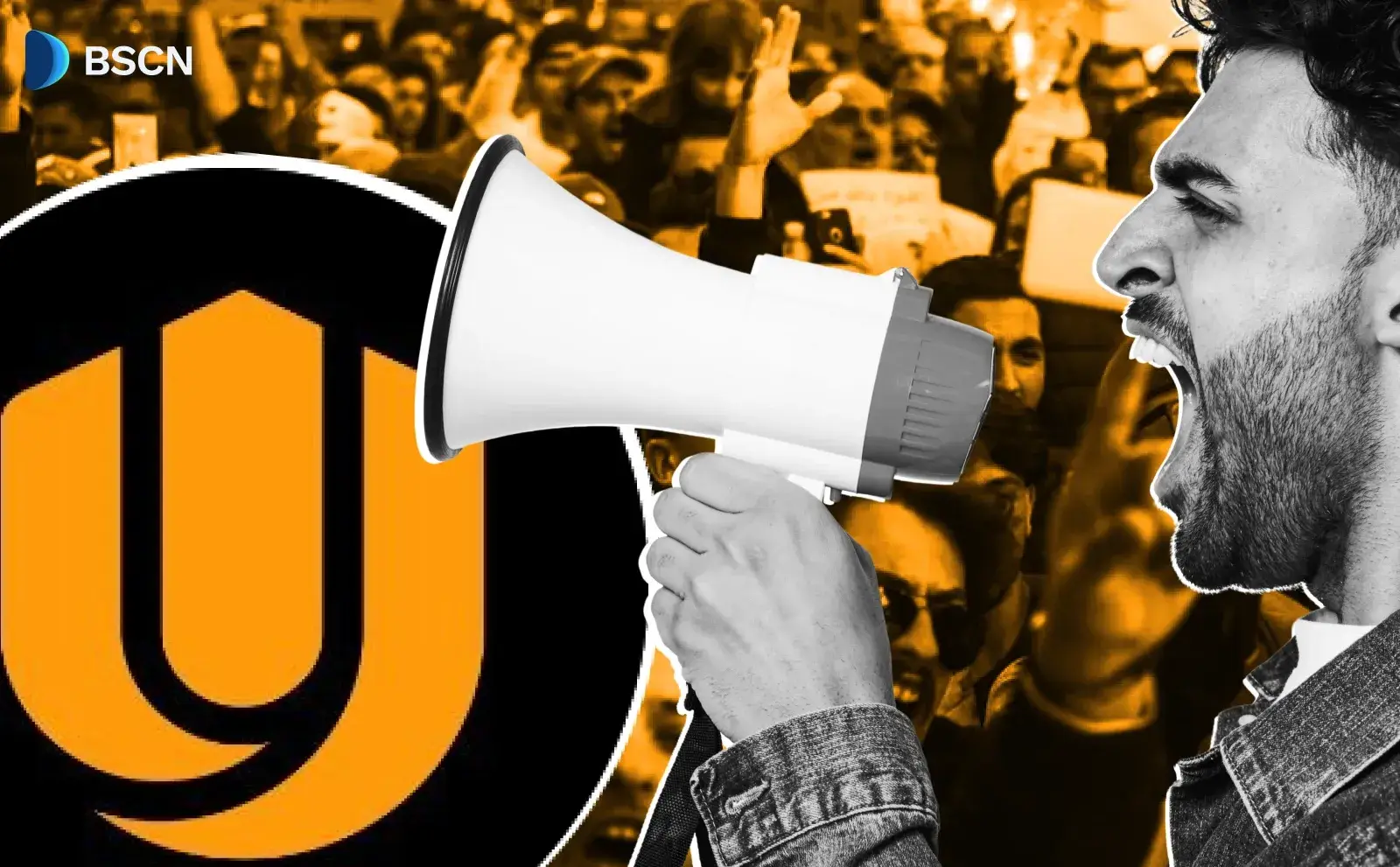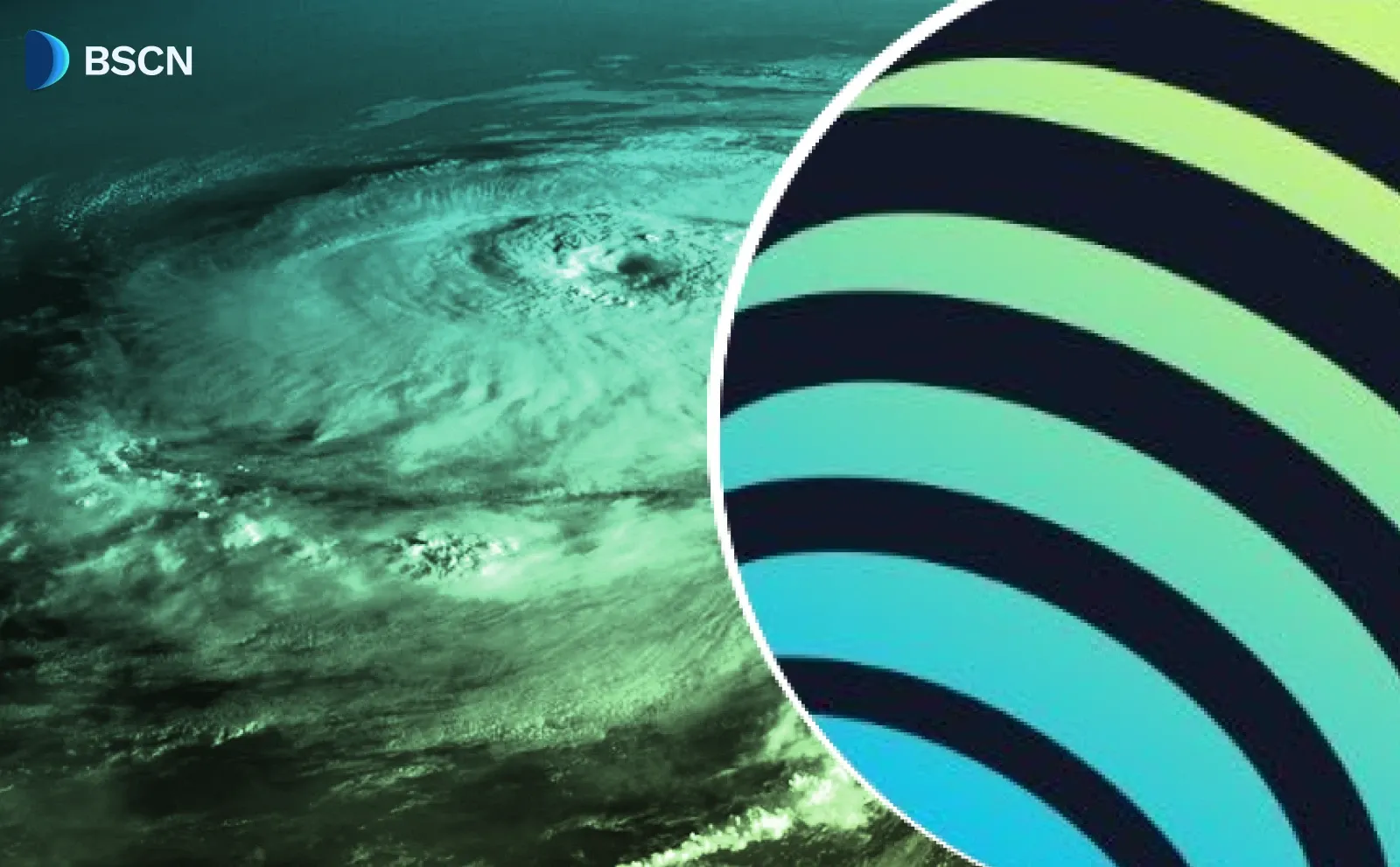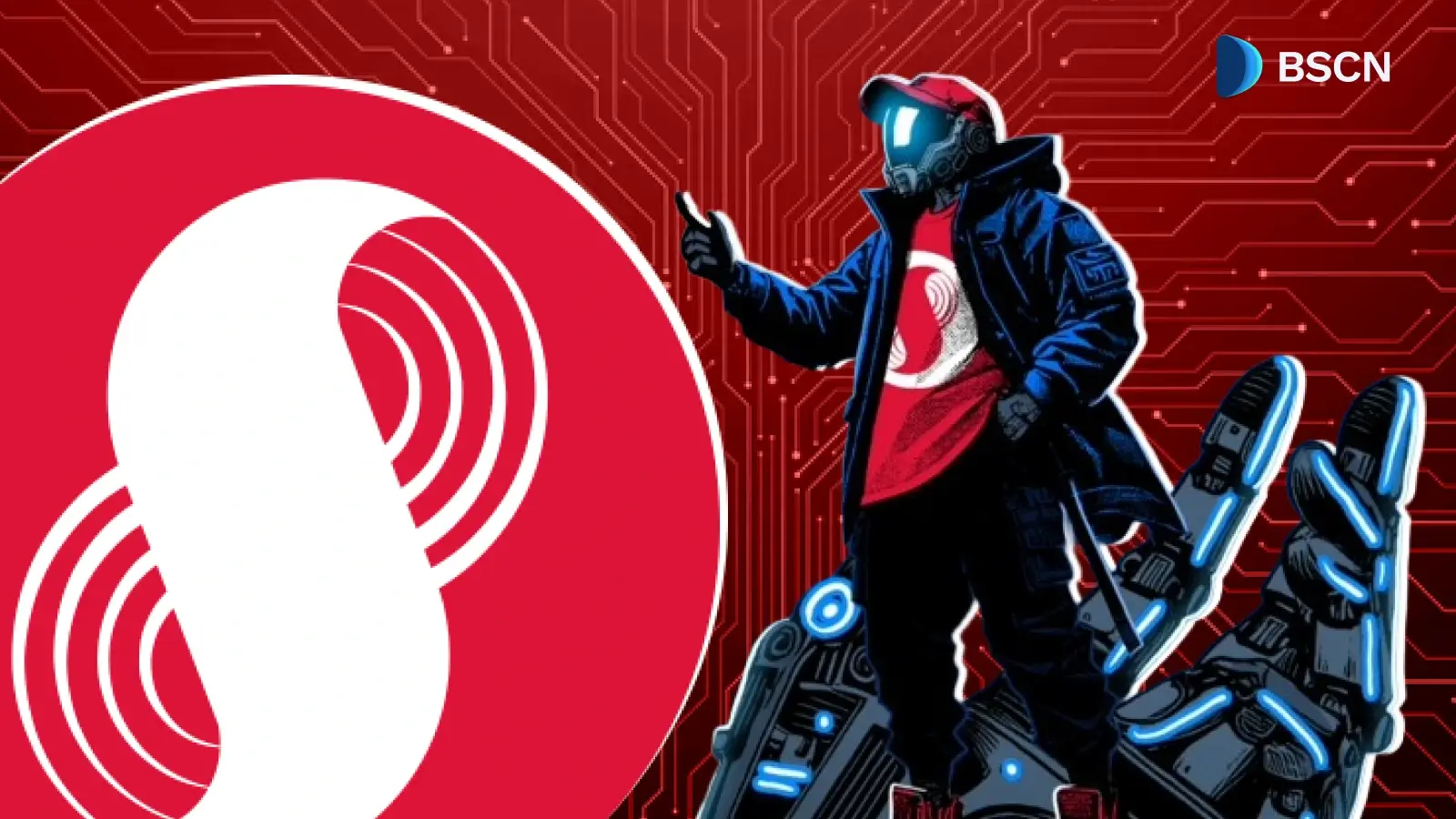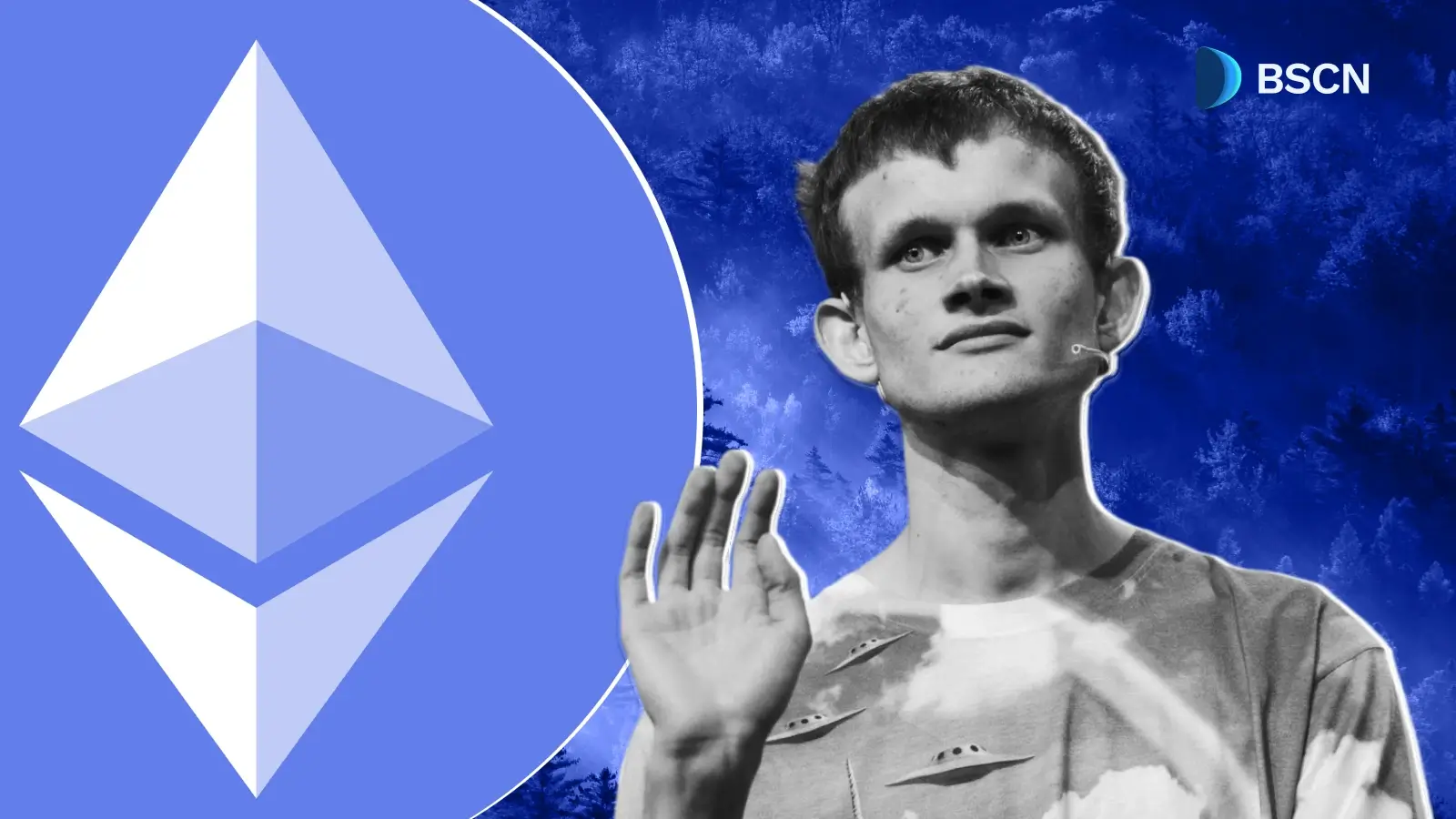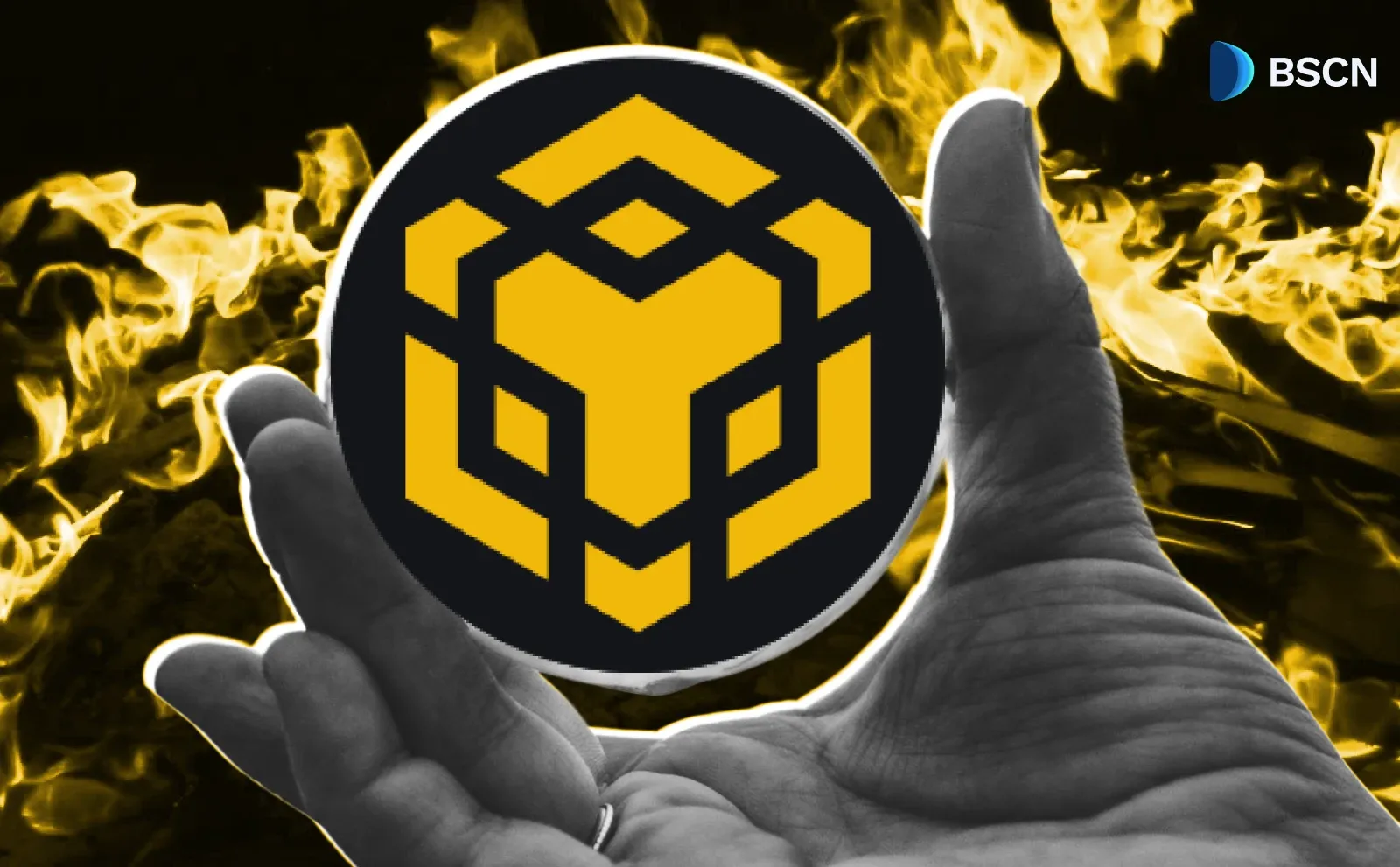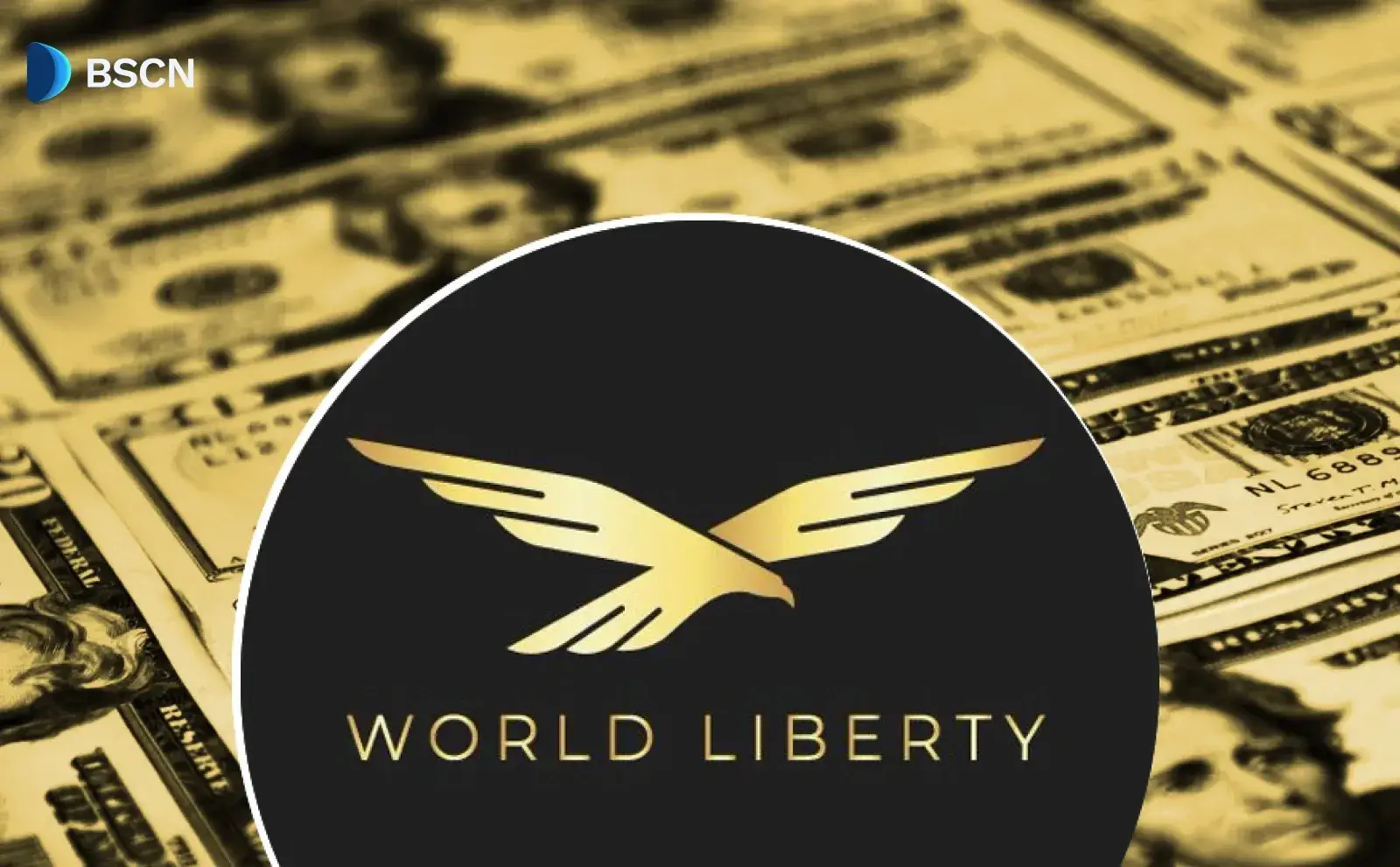Deepdive
(Advertisement)
Kaia Chain Analysis: Asia's Unified Blockchain Powerhouse
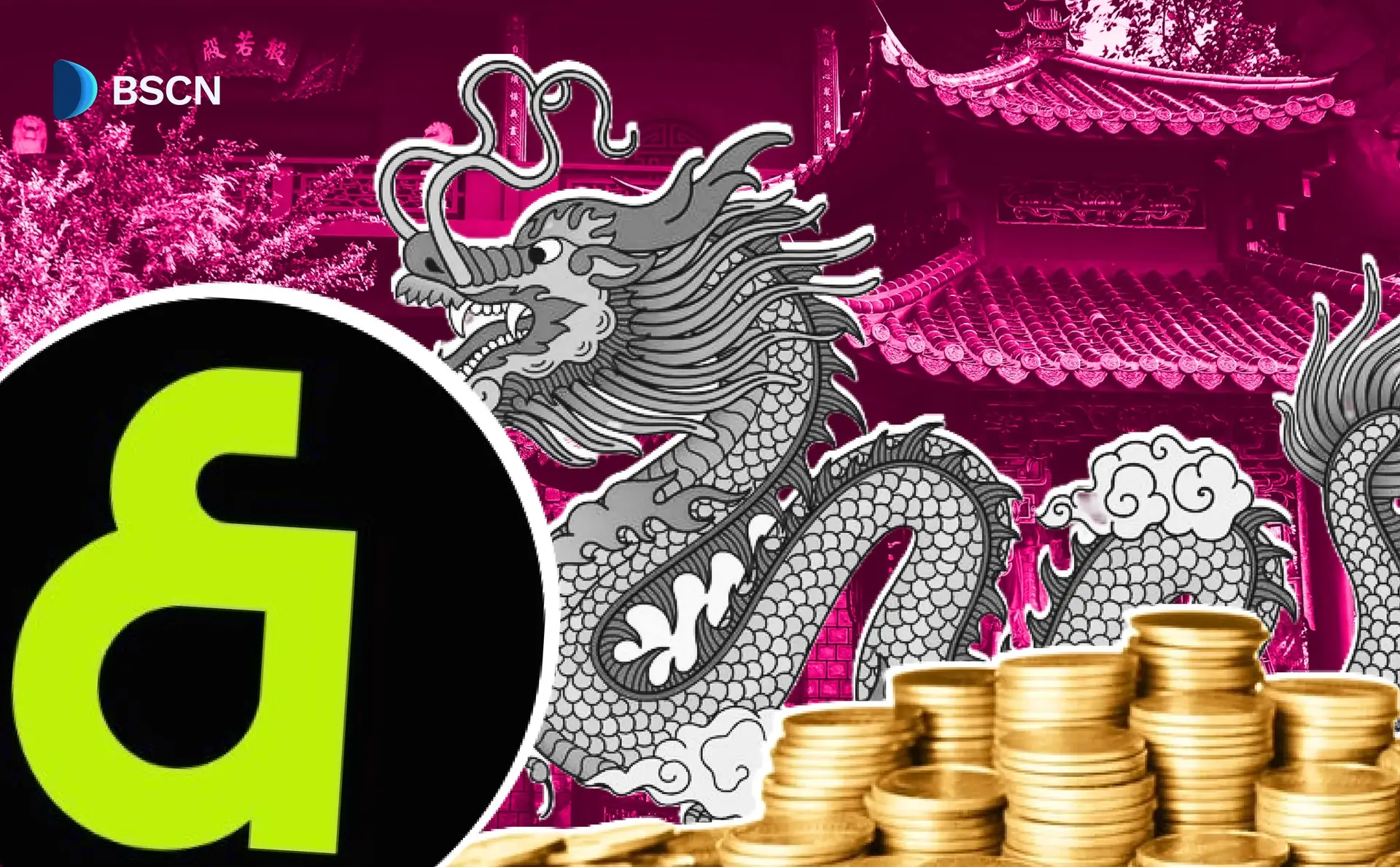
Discover how Kaia Chain, formed from the merger of Klaytn and Finschia blockchains, is bringing Web3 technology to 250 million users across Asia with its high-performance infrastructure and user-friendly features.
Crypto Rich
April 24, 2025
(Advertisement)
Table of Contents
The Birth of Asia's Largest Web3 Ecosystem
In January 2024, South Korea's Klaytn and Japan's Finschia announced a merger to create Asia's largest Web3 ecosystem, addressing Klaytn's limited global reach beyond South Korea and Finschia's regional scope limitations. Klaytn, developed by tech giant Kakao, had established strong enterprise solutions but struggled with mainstream adoption. Finschia, backed by messaging company LINE, had built a strong user experience but faced difficulties expanding beyond Japan. By combining their strengths, the new entity aimed to create a blockchain capable of competing on a global scale.
The merger received overwhelming support, with over 90% approval from both communities in a vote held on February 15, 2024. Following months of technical preparation and integration, the Kaia Chain mainnet officially launched on August 29, 2024. The Kaia DLT Foundation, established in Abu Dhabi, leverages the emirate's progressive regulatory framework to drive global growth, overseeing token conversions ($KLAY to $KAIA automatically, $FNSA via Kaia Portal) and ecosystem governance. This strategic positioning in Abu Dhabi provides significant advantages for institutional adoption and regulatory compliance across multiple jurisdictions.
The merger process included these key developments:
- Community Approval: Over 90% support from both blockchain communities
- Token Conversion: Automatic conversion of Klaytn ($KLAY) to Kaia ($KAIA)
- Manual Token Swap: Finschia ($FNSA) holders used the Kaia Portal for conversion
- Foundation Establishment: Creation of the Kaia DLT Foundation in Abu Dhabi
The merger drew inspiration from the success of TON (The Open Network) and sought to improve competitiveness by leveraging a combined user base of over 250 million from KakaoTalk and LINE messenger apps. This gave Kaia an immediate advantage in terms of potential user acquisition compared to other emerging blockchains.
How Kaia Chain Works and What It Offers
Kaia Chain is an Ethereum Virtual Machine (EVM)-compatible Layer 1 public blockchain designed to bring Web3 technology to millions across Asia through high performance, scalability, and Web2 integration.
Technical Architecture and Performance
Kaia's architecture supports impressive performance with 4,000 transactions per second (TPS), 1-second finality, and gas fees one-tenth of Ethereum's. The modified Practical Byzantine Fault Tolerance (PBFT) consensus mechanism prioritizes reliability while maintaining efficiency. This approach offers significant advantages over both proof-of-work and standard proof-of-stake systems, particularly for enterprise-grade applications that require predictable performance.
To achieve this balance of speed and reliability, the network architecture is divided into three interconnected components working in harmony. The Core Cell Network (CCN) forms the backbone, handling transaction validation, execution, and block creation with consistent performance. The Endpoint Node Network (ENN) manages API requests and connects applications to the main chain, preventing bottlenecks during high-traffic periods. The Service Chain Network (SCN) creates dedicated blockchains for specific applications that require intensive resources. For example, Yuliverse, with its location-based gameplay and frequent user interactions, benefits from its own Service Chain that handles player movements and rewards without slowing down the main network, while still allowing assets to move between chains when needed.

User Experience and Ecosystem
Kaia bridges Web2 and Web3 via integration with KakaoTalk (50 million users) and LINE (200 million users), enabling seamless access to blockchain services. Unlike most blockchains that require significant technical knowledge, Kaia makes the experience intuitive even for those with no prior crypto experience.
Features like account abstraction simplify wallet creation through biometrics or social logins, removing private key complexity. Gas fee delegation lets applications cover transaction costs, eliminating barriers. For instance, a new user downloading a Kaia-powered game through LINE can make their first NFT purchase without buying KAIA or understanding gas fees.
The ecosystem supports diverse applications. DragonSwap, Kaia's leading decentralized exchange, offers low-fee trading, concentrated liquidity, and burns 30% of revenue to boost KAIA's deflation. Yuliverse, a Web3 gamified lifestyle platform inspired by Pokémon GO and Tinder, lets players earn tokens through real-world tasks and social interactions, integrated with LINE's 200 million users. Platforms for tokenizing real-world assets, such as gold, real estate, and commodities, ensure regulatory compliance for secure trading. Decentralized autonomous organizations (DAOs) enable community-driven governance, shaping Kaia's projects and resources.
The Kaia Portal and User Journey
The Kaia Portal, launched in September 2024, provides an all-in-one DeFi hub serving over 25 million unique active wallets. The platform unifies multiple blockchain functions that would typically require several different applications, creating a streamlined experience for both crypto veterans and newcomers.
A typical user journey illustrates how Kaia removes traditional barriers to entry: A LINE messenger user discovers the Kaia Portal through a friend's recommendation and connects their messenger account to create a wallet—no seed phrases or complex security procedures. They can purchase KAIA directly with a credit card through the Portal's fiat on-ramp, avoiding cryptocurrency exchanges. Within minutes, they can trade tokens on DragonSwap or start earning rewards in Yuliverse, while accumulating points in the Portal's rewards program that can be exchanged for additional benefits.
All actions are completed within LINE's intuitive interface, creating an experience that feels like using a traditional finance app rather than a blockchain. The Portal's points-based rewards system encourages participation and creates a pathway for non-crypto users to learn blockchain concepts through gamified experiences, gradually introducing them to advanced features.
Developer Tools and Resources
Kaia provides developers with an extensive toolkit designed to streamline blockchain application development. At the core of this offering are pre-audited smart contract templates that dramatically reduce both development time and security risks. These templates cover common use cases across DeFi, GameFi, and NFT applications, allowing teams to launch products with confidence without the expense of multiple security audits that can cost hundreds of thousands of dollars.
The platform emphasizes simplified deployment processes that require minimal blockchain expertise, making it accessible for Web2 developers transitioning to Web3. Familiar development environments like Hardhat, Remix, and thirdweb compatibility reduce the learning curve for teams with existing Ethereum development experience, as they can use the same tools and workflows they're already comfortable with.
CosmWasm support enables cross-chain compatibility with Cosmos-based chains, while integrated bridges connect with Ethereum, BNB Chain, and other major networks. This interoperability is crucial for applications that need to interact with assets or data across multiple blockchains. Kaiascope offers comprehensive blockchain exploration with advanced filtering capabilities that exceed standard block explorers, giving developers deeper insights into on-chain activities.
Developer advantages on Kaia include:
- Pre-audited templates for common DeFi, GameFi, and NFT applications
- Simplified deployment processes requiring minimal blockchain expertise
- Familiar development environments with Hardhat, Remix, and thirdweb compatibility
- Comprehensive documentation in multiple Asian languages and English
- Direct technical support through the Kaia Developer Discord
This focus on developer experience has enabled projects to launch on Kaia in weeks rather than months, with lower costs and reduced technical barriers compared to other blockchains.
Understanding Kaia's Tokenomics
The KAIA token powers transactions, smart contracts, and governance in the ecosystem. After the merger, the circulating supply reached 5.805 billion KAIA, with a total supply that decreased from the original 6.005 billion due to token burns.
Kaia targets a 5.2% annual inflation rate (9.6 KAIA issued per block), positioning it between deflationary chains like post-Merge Ethereum and more inflationary chains like Solana. This balanced approach provides sufficient incentives for validators while avoiding excessive dilution. The inflation rate can be adjusted through governance and may decrease as adoption increases.
Newly created tokens incentivize network participants, with 50% reinvested into the Kaia Ecosystem Fund (supporting applications development) and the Kaia Infrastructure Fund (financing technical improvements). Transaction fee burning creates deflationary pressure, while 30% of Maximal Extractable Value (MEV) profits are burned to prevent validator centralization.
Governance and Decentralization Path
KAIA stakers receive voting rights proportional to their stake, with a 5% cap per entity to ensure balanced governance influence. This cap means that even if a single entity controlled a substantial portion of the token supply, their voting power would be limited to 5% of the total, preserving the democratic nature of the governance system.
Governance decisions are recorded on-chain for transparency and cover protocol upgrades, token issuance rates, and fund allocations. Currently, the Kaia Governance Council oversees major decisions, bringing together representatives from corporations, DAOs, and ecosystem builders.
This council structure is designed as a transitional phase in Kaia's journey toward full decentralization. By Q3 2025, Kaia plans to implement permissionless validation through a three-stage process. First, the validator set will expand from the current 30 approved entities to 100 nodes with a more inclusive application process. Second, the Governance Council will progressively delegate authority over validator selection, proposal review, and treasury management to the community. Finally, the network will open to anyone meeting minimum technical and staking requirements, creating a truly decentralized validation system while maintaining network security and performance.

The Future Roadmap for Kaia Chain
Web2 Integration Milestones
Kaia's most ambitious near-term goal is to embed the Kaia Portal directly in LINE Messenger, making blockchain services accessible through the messaging app's native interface without requiring additional applications. This integration will expose Kaia's functionality to millions of non-crypto users through an interface they already use daily.
Financial Products Timeline
On the financial front, USD stablecoins are planned for mid-2025, followed by KRW and JPY stablecoins for Asian markets by Q3 2025. These region-specific stablecoins will provide familiar reference points for users in Kaia's core markets, reducing volatility concerns for newcomers.
Decentralization Roadmap
For decentralization, a permissionless validator structure transition is scheduled for Q3 2025, expanding the network from the current 42 nodes to 100 in the first phase. The goal is to create a more distributed network while maintaining performance and security.
Ecosystem Development Strategy
The Kaia Ecosystem Fund will continue providing strategic investments to attract and nurture promising projects across the blockchain space. Unlike general-purpose funding, Kaia's approach focuses on projects that specifically leverage its unique strengths in messenger integration and Asian market access. The ecosystem development strategy encompasses several interconnected initiatives:
- Funding Programs: Direct investments in promising projects across multiple sectors
- Incubation Support: Technical assistance and mentorship for early-stage teams
- Developer Grants: Resources for independent developers building essential tools
- Community Rewards: Incentives for active ecosystem participants through the Missions program
The December 2024 launch of Kaia Wave, the platform's incubator program, brought 20 carefully selected mini-applications into the ecosystem after a competitive selection process. The inaugural cohort included DragonSwap (the leading decentralized exchange), Yuliverse (the Pokémon GO-inspired gamified platform), and several platforms for tokenizing real-world assets. Future Waves will expand this approach, with special focus on applications that can attract users from KakaoTalk and LINE directly into the Web3 space.
Growth and Adoption Targets
Kaia exceeded its 2025 goal of 2.5 million active wallet addresses, reaching over 25 million unique active wallets by April 2025. The Kaia Portal's Missions program introduced expanded token rewards in phased releases, encouraging users to explore different aspects of the ecosystem. These gamified missions create engagement pathways that gradually increase in complexity, educating users while rewarding participation. This exceptional growth demonstrates the effectiveness of Kaia's strategy to leverage existing messaging platforms for user acquisition. ### Strategic Partnerships and Sustainability
Beyond core platform development, Kaia is pursuing several parallel initiatives that will enhance its capabilities and expand its reach:
- Tokenized bonds and real estate: Corporate bonds in Q4 2025, residential properties in 2025, commercial in 2026
- Physical commodity tokens: Gold, silver, and industrial metals by early 2026
- Carbon credit markets: Sustainability-focused tokens by mid-2026
- Global partnerships: CARV for on-chain reputation and Dune for analytics
- Energy efficiency: PBFT consensus using 99.98% less energy than Bitcoin
The CARV partnership provides standardized on-chain reputation and credential verification, allowing developers to build applications that can trust user identity and history without compromising privacy. This solves a major challenge in decentralized applications that require trust systems but want to maintain user anonymity.
Technical Enhancements
On the technical front, Kaia plans to enhance Layer 2 solutions to enable a major GameFi project to handle up to 10,000 concurrent players with sub-second interaction times. Support for batch API requests (up to 3,000 at once) will improve efficiency for data-intensive applications, while custom plugins for development tools are scheduled for release by Q2 2025.
Conclusion: Kaia's Position in the Blockchain Landscape
Kaia's unique combination of technical performance and messaging app integration positions it distinctively in the blockchain landscape. While other chains like Solana and Avalanche focus primarily on technical specifications, Kaia differentiates itself through user experience and established distribution channels to 250 million potential users through KakaoTalk and LINE.
The blockchain strikes a balance between performance and accessibility. Its architecture delivers reliable 4,000 TPS with 1-second finality and fees that remain affordable even during network congestion, making it suitable for applications requiring predictable performance like payment systems and gaming platforms.
With live projects like DragonSwap and Yuliverse, and a roadmap for stablecoins and permissionless validation, Kaia effectively bridges Web2 with Web3 innovation. Its strategy of leveraging existing user bases rather than building from scratch could accelerate blockchain adoption in Asia.
By blending accessibility with security, Kaia is poised to ignite Asia's Web3 revolution and shape global trends. To learn more, join the Kaia Wave at kaia.io and stay informed on the latest news by following @KaiaChain on X.
Read Next...
Disclaimer
Disclaimer: The views expressed in this article do not necessarily represent the views of BSCN. The information provided in this article is for educational and entertainment purposes only and should not be construed as investment advice, or advice of any kind. BSCN assumes no responsibility for any investment decisions made based on the information provided in this article. If you believe that the article should be amended, please reach out to the BSCN team by emailing [email protected].
Author
 Crypto Rich
Crypto RichRich has been researching cryptocurrency and blockchain technology for eight years and has served as a senior analyst at BSCN since its founding in 2020. He focuses on fundamental analysis of early-stage crypto projects and tokens and has published in-depth research reports on over 200 emerging protocols. Rich also writes about broader technology and scientific trends and maintains active involvement in the crypto community through X/Twitter Spaces, and leading industry events.
(Advertisement)
Latest News
(Advertisement)
Crypto Project & Token Reviews
Project & Token Reviews
Comprehensive reviews of crypto's most interesting projects and assets
Learn about the hottest projects & tokens




